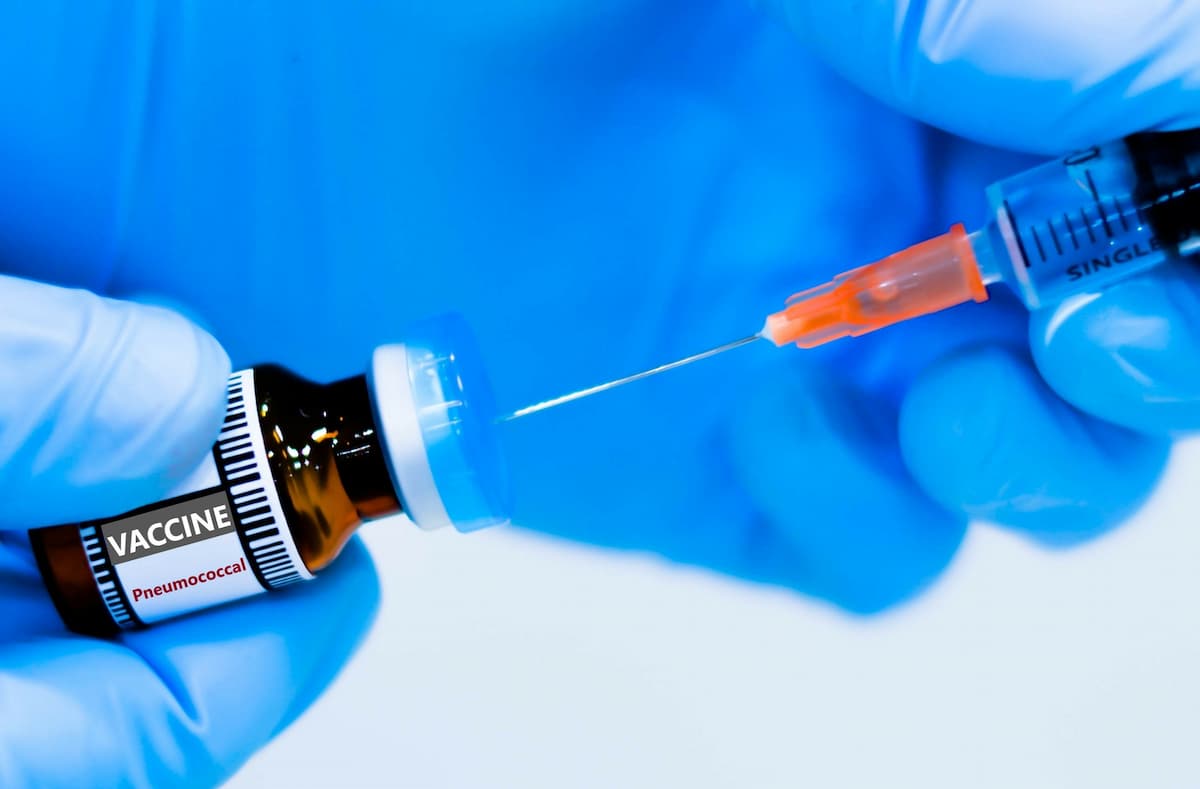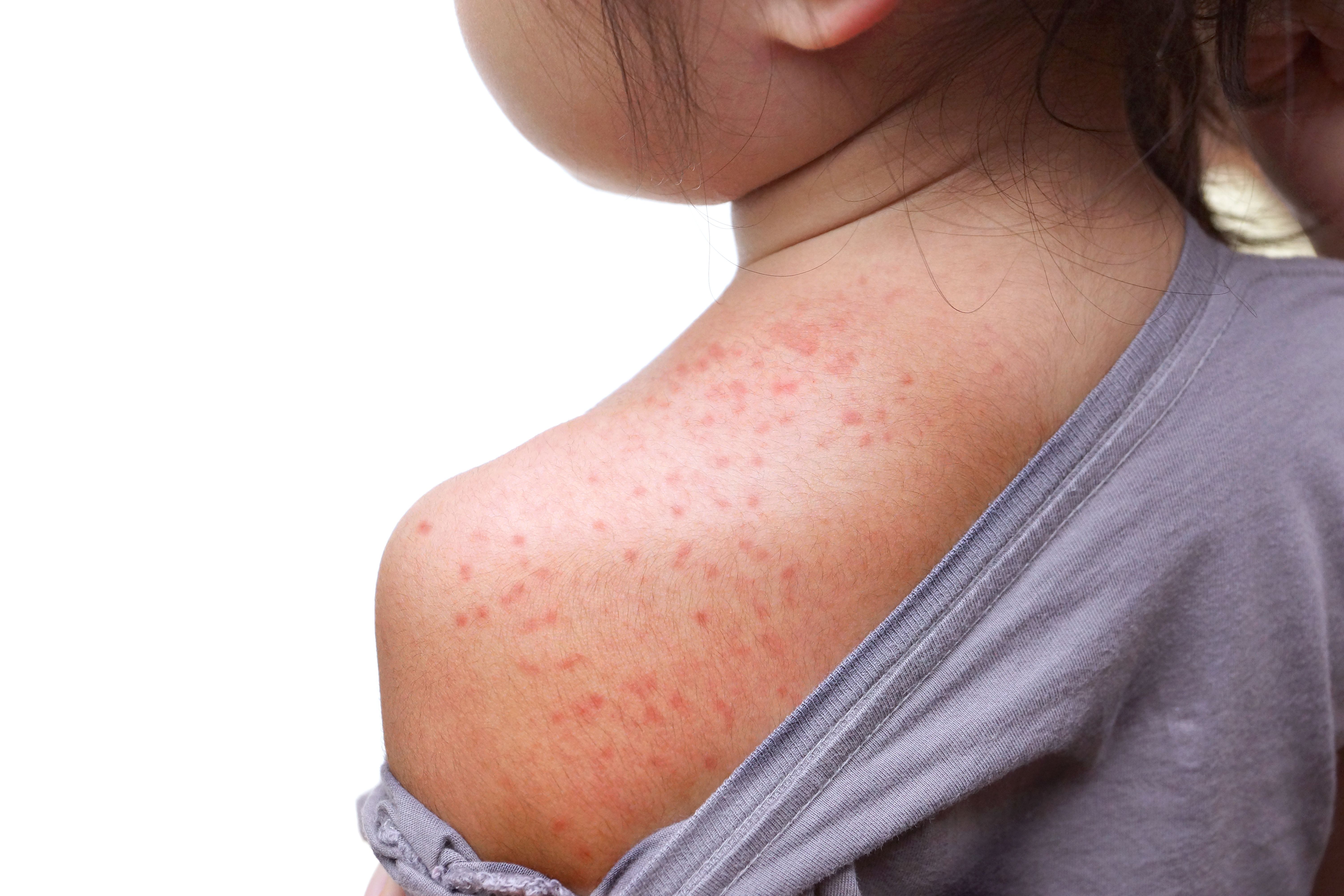Article
HIV Among Viruses Added to HHS Report on Carcinogens
Author(s):
The 14th Report on Carcinogens added 5 viruses and 2 substances to the list of known carcinogens.
The US Department of Health and Human Services recently added 7 new substances to its 14th Report on Carcinogens. The report is prepared by the National Toxicology Program for the Department of Health and Human Services Secretary.
These latest additions include multiple viruses, and now bring the total number of known human carcinogens to 248. Also included in the list is the chemical trichloroethylene, as well as cobalt and cobalt compounds that release ions in vivo, according to a press release from the National Institutes of Health.
The report lists various environmental factors, called substances, known to be or anticipated to be carcinogenic to humans. The report includes infectious agents (such as viruses), physical agents (such as X-rays), chemical mixtures, and exposure scenarios in 2 categories.
A listing in the report indicates the risk of a cancer hazard, but it does not necessarily mean that the agent will always cause cancer. Other individual factors, such as the susceptibility to the substance and the amount and duration of exposure, can influence cancer risk, according to the press release.
Newly Reported Carcinogenic Viruses
Human Immunodeficiency Virus Type 1 (HIV-1): The weakened immune system caused by the HIV virus is thought to increase the risk of cancers caused by other viruses. It is thought to cause non-Hodgkin and Hodgkin lymphomas, penile cancer, vaginal/vulvar cancer, cervical cancer, anal cancer, Kaposi sarcoma, oral-related cancer, and liver cancer. It may also increase the risk of skin, eye, and lung cancers.
Human T cell Lymphotropic Virus Type 1 (HTLV-1): This virus is exposed through contact with contaminated cells, but is not transmitted through casual contact. Studies have shown that this virus causes T-cell leukemia-lymphoma, which is a cancer that infects CD4 T cells that fight infections.
Epstein-Barr Virus (EBV): This herpesvirus is transmitted mainly through saliva, and affects nearly 90% of adults globally, according to the press release. A majority of patients infected with the virus do not show symptoms, but some may develop infectious mononucleosis. Several studies have shown that the Epstein-Barr virus can lead to Burkitt, Hodgkin, immune-suppression-related non-Hodgkin, and nasal type extranodal NK/T cell lymphomas. It can also cause nasopharyngeal cancer and stomach cancer.
Kaposi Sarcoma-Associated Herpesvirus (KSHV): This virus is typically transmitted through saliva, from blood, and sexual contact particularly among men who have sex with men. It can also be spread from mother to child. This virus has been linked to Kaposi sarcoma, primary effusion lymphoma, and a specific plasmablastic variant of multicentric Castleman disease, according to the National Institutes of Health.
Merkel Cell Polyomavirus (MCV): This virus is spread through close contact with the saliva or skin of a person infected with the virus. Several studies have shown that this virus causes Merkel cell carcinoma.
Other Newly Reported Substances
Trichloroethylene (TCE): This industrial solvent is used to make hydroflurocarbon chemicals, and has been listed as a reasonably anticipated carcinogen since 2000. Many studies have shown a link between trichloroethylene and kidney cancer, which has caused the National Toxicology Program to investigate. Individuals can be exposed to the chemical through the air, water, and soil. It can even break down and move through soil into drinking waters.
Cobalt and Cobalt Compounds that Release Cobalt Ions in Vivo: These substances are being listed as reasonably anticipated to be a carcinogen. This listing includes various cobalt compounds that release ions into the body, but does not include vitamin B-12 since it is an essential nutrient that does not release ions, according to the press release. This substance is naturally occurring and can be found in metal compounds.
“Given that approximately 12% of human cancers worldwide may be attributed to viruses, and there are no vaccines currently available for these 5 viruses, prevention strategies to reduce the infections that can lead to cancer are even more critical,” said Linda Birnbaum, PhD, director of the National Institute of Environmental Health Sciences and National Toxicology Program. “The listings in this report, particularly the viruses, bring attention to the important role that prevention can play in reducing the world’s cancer burden. There are also things people can do to reduce their exposure to cobalt and TCE.”






